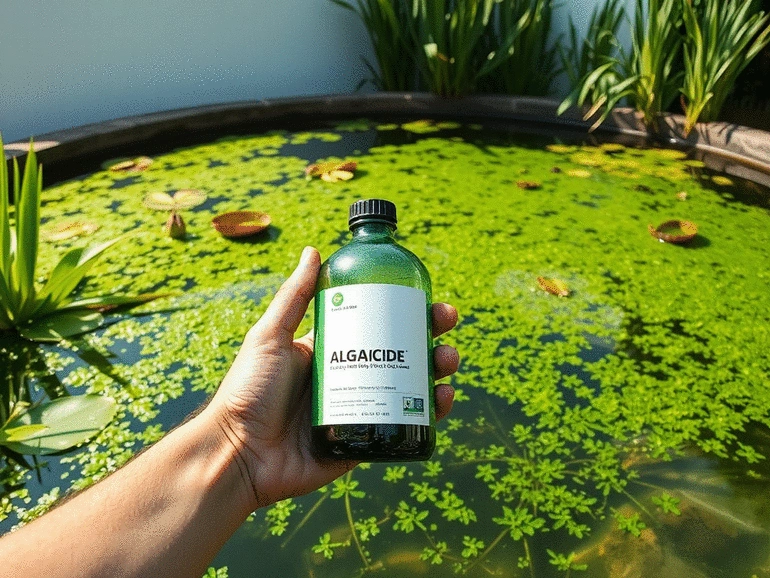
Have you ever taken a moment to consider the delicate balance of your pond's ecosystem? Understanding the types of algae and their underlying causes is essential for maintaining a thriving aquatic environment. With a little knowledge, you can prevent those unsightly blooms and keep your water crystal clear!
Understanding the types of algae, environmental factors contributing to their growth, and their ecological impact is crucial for effective pond and pool management.
As a pond care expert with over a decade of experience, I’ve seen firsthand the challenges that algae can bring to aquatic environments. Understanding the types of algae and what causes their growth is key to maintaining a clean and healthy pond or pool. By gaining this knowledge, you can take proactive steps to prevent unsightly blooms and protect your aquatic ecosystem.
So, let’s dive in and explore the various types of algae you might encounter, and the environmental factors that fuel their growth!
There are several types of algae that can make their home in pools and ponds. Here are the most common varieties:
Being able to recognize these algae types is crucial for effective management. If you notice any of these, it’s time to take action!
Understanding what causes algae to flourish is essential for prevention. Here are some key environmental factors:
By managing these factors, you can reduce the likelihood of algae establishing themselves in your pond or pool!
Algal blooms can have significant consequences for aquatic environments. Not only do they affect the aesthetic appeal of your pond, but they can also disrupt the natural balance of the ecosystem.
It’s clear that addressing algae growth isn’t just about aesthetics—it's essential for the health of your entire aquatic environment. Are you ready to take control of your pond's health?
Now that we understand algae and its impacts, let’s discuss how algaecides work and their role in managing algae populations effectively.
What strategies have you found most effective in managing algae in your pond or pool? Share your insights and experiences below!
As we dive deeper into the world of algaecides, it's essential to recap the key points we've discussed about their usage and safety measures. Understanding how to effectively apply these solutions can make a notable difference in maintaining clean and clear water in your pool or pond. Here’s a quick summary of the most important guidelines:
By adhering to these practices, you can effectively manage algae growth while ensuring the safety of your aquatic environment. It's all about striking that balance between effective treatment and responsible usage!
Choosing the right algaecide can be overwhelming, given the variety available on the market. I always recommend doing a bit of research to ensure you select a product that aligns with your specific needs and environmental considerations. Here are a few tips to help you make informed decisions:
Remember, making educated choices not only helps your water management efforts but also contributes to the overall health of the ecosystem. Have you tried a specific product that worked wonders? I'd love to hear your experiences!
It's crucial to acknowledge that while algaecides serve a vital function in controlling unwanted algae, they can also have implications for marine life. Some chemicals may disrupt the balance of your pond or pool ecosystem if not used correctly. Here are some considerations to keep in mind:
Taking these factors into account can greatly enhance your pond care practices. At Clear Pond Solutions, we believe that promoting a healthy aquatic ecosystem is just as important as maintaining clear water. What strategies do you employ to minimize the environmental impact of your algaecide use?
Here is a quick recap of the important points discussed in the article:
At Clear Pond Solutions, we empower you with expert guidance and eco-friendly solutions to create and maintain pristine, healthy pond ecosystems. Your thriving pond is our priority.
